Good form is the alignment of your body whilst you are doing anything. Body alignment and or the lack of it can either lead us toward injury or keep us safe. If you suffer from recurring injuries such as bursitis, shoulder injuries, tendonitis or lower back pain it is likely that by improving your alignment and your body awareness whilst moving will help to reduce your pain and the cause of the injury in the first place.
There are some basic rules of alignment that can help us to check our own bodies whilst we are moving. This helps to develop our own awareness of alignment so we can correct ourselves to reduce pain and injury and to enjoy life more.
Rules of good form:
- Find and know your neutral spine – The term neutral spine means the position of your spine when you are relaxed and not in-printing or arching the spine. This position is slightly different for everyone. When in a lying position or standing against a wall in ‘neutral’ you should be able to feel a small air pocket or gap between your lower back and the floor or the wall. Neutral spine is the same spinal position whether you are standing lying or sitting (see images below). Getting used to feeling your own ‘neutral spine’ can help to improve all your movement and your posture and reduce risk of injury. * Thanks to backforever.com for the image.
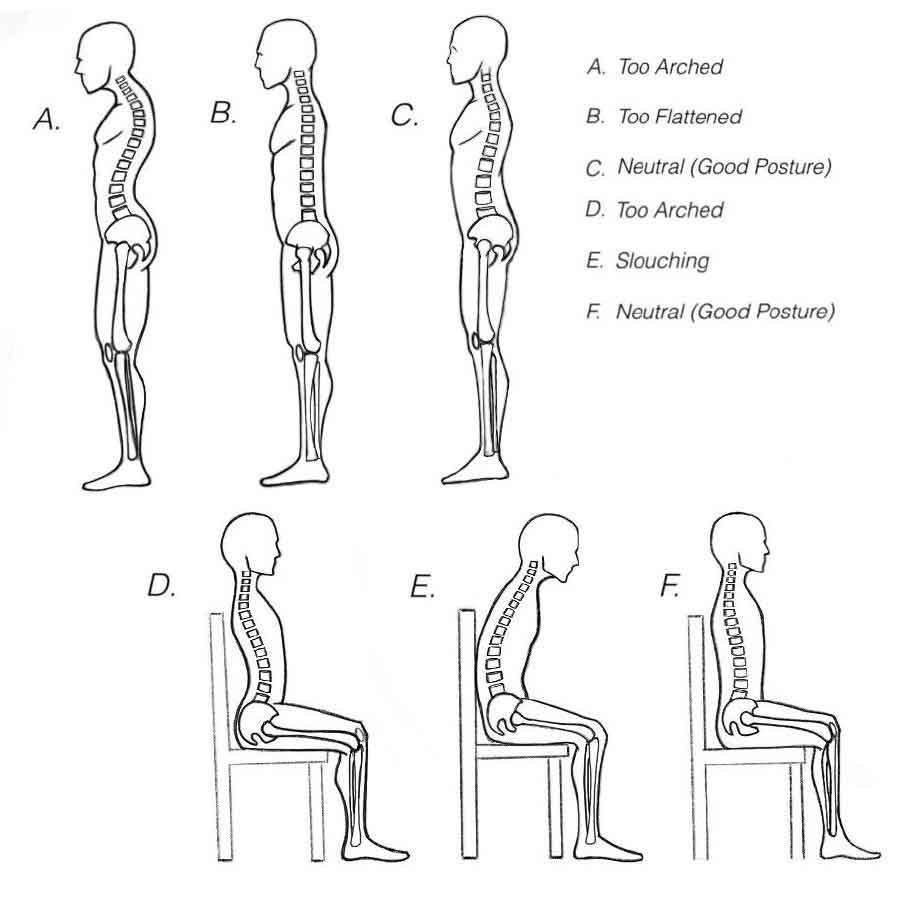
2. Unlock your joints – Some of us have a habit of hanging in our joints. This is easiest to see in our legs. When we hang in our joints we have our legs so ‘straight’ that we push through the back of our knee joint. This pushes the hips forward and we hang off the front of hips (see image below). In this position we often collapse in the upper back as the ribs get little support from the abdominals and bottom (gluteals) gets very tight. When you are aware of this you can retrain yourself to unlock the knees and bring the weight of your hips back over your ankles. This will quickly rebuild your leg strength and deep abdominals and improve you posture.
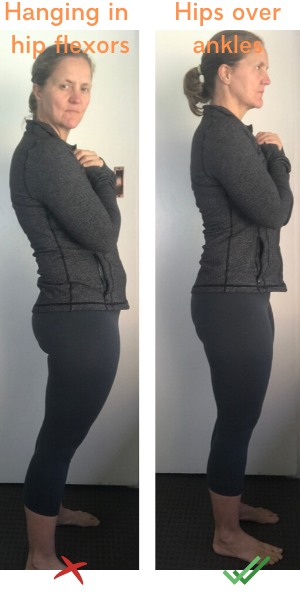
3. Side lying, stack and hold – Side lying exercises are a common feature in rehabilitation programs and in the gym. They are a great way to strengthen the bottom (gluteals) so they are able to support your pelvis. Often I see people doing side lying exercises with some common errors that mean they don’t get the benefits of the exercise and can strain their lower back. The key when side-lying is ensuring your hips are stacked one on top of the other (easy right?) now when you lift your knee or leg, keep them stacked. No rolling the top hip back to lift the leg! See images below. Correcting this will give you a much deeper burn at the gym and will prevent tightness and strain in the lower back.
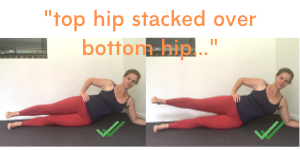
4. See your head and neck as part of your spine – Your head and neck are part of your spine. Bring that awareness into your minds eye (you just got taller!). When moving or sitting or driving imagine that your head and neck are in alignment as part of your spine. The images below show a good example of when we can forget our head and neck. By simply seeing your body in your minds eye differently you can have a positive impact on your posture.
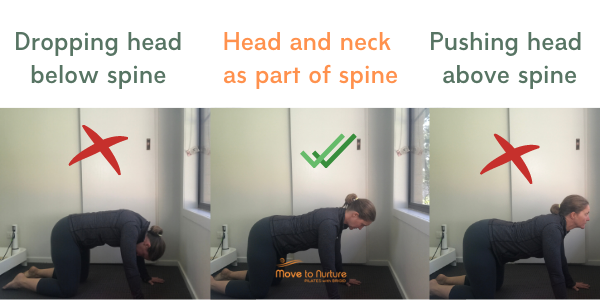
I am Brigid Pearse a certified Pilates instructor and ex-dancer. I run a fully equipped Pilates studio from my home in Lennox Head and I run community Pilates mat classes in Byron Bay, Ballina and online. To receive regular body wisdom sign up below.
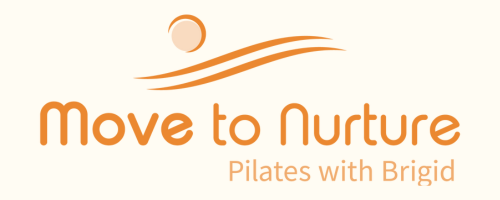
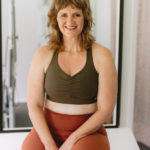
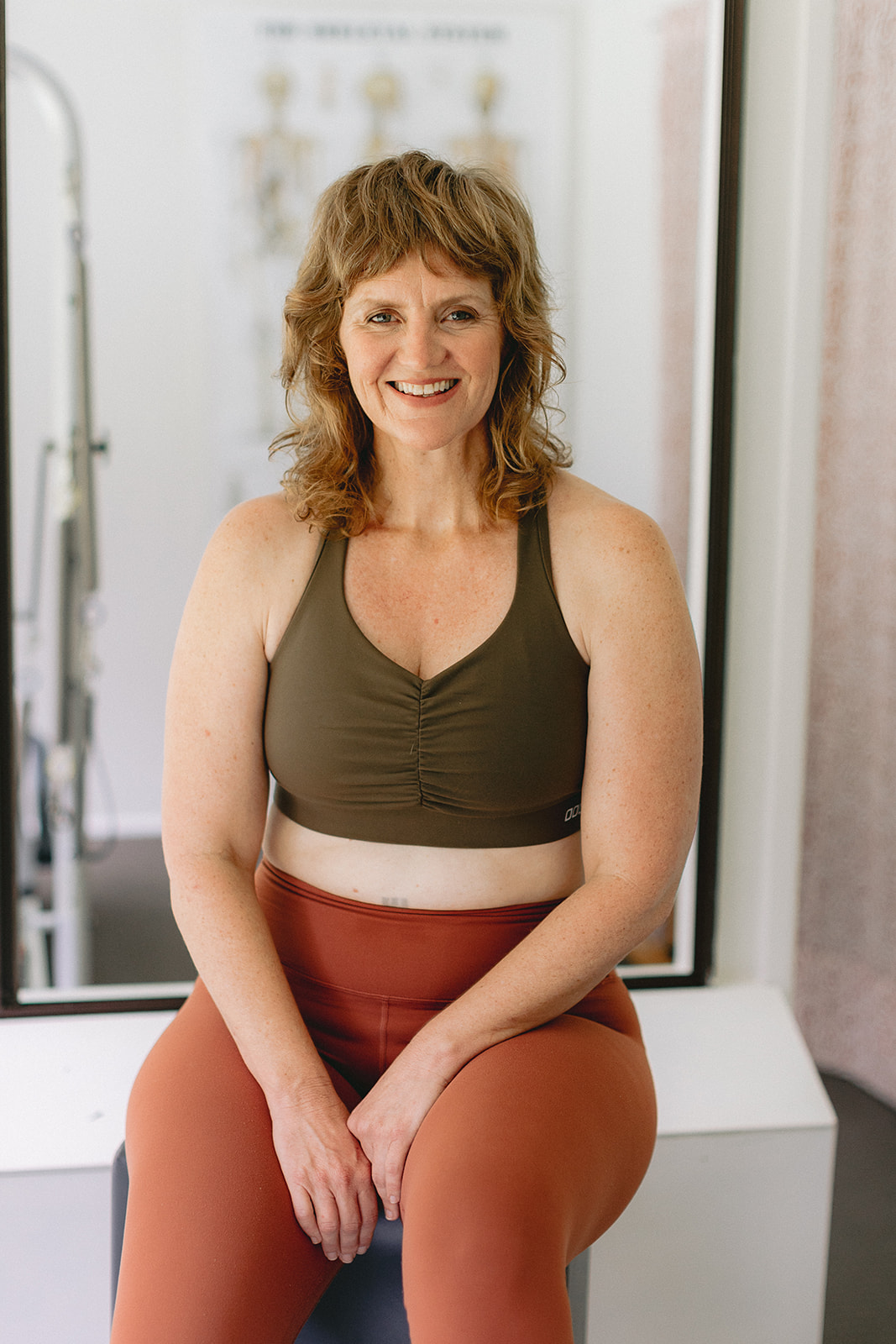



0 Comments